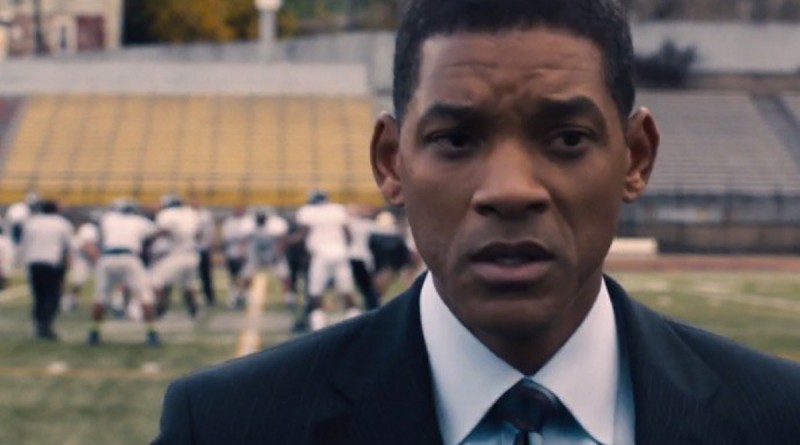NFL must do better job of monitoring head injuries
By: Connor Hanson – Staff Writer
With the release of the National Football League injury report and the new movie “Concussion” making headlines, the world is starting to take notice of how prevalent concussions have become.
According to the Mayo Clinic, a concussion is, “a traumatic brain injury that alters the way your brain functions. Effects are usually temporary but can include headaches and problems with concentration, memory, balance and coordination.”
A concussion can occur in different ways, the most common, or obvious one, being through head-to-head contact. Head-to-head contact used to be a pressing issue in the NFL before they implemented a rule in 2010 discouraging and punishing the act.
Still, there are plenty of other ways one can receive a concussion. The way someone hits the ground is also an issue. A player who is sent to the ground can be at risk for a concussion as his lower body can hit the ground first, causing his head to snap to the ground. The added force from this whiplash can cause a concussion.
The worst part is that a player might not even know he has a concussion at that time, as concussions can vary in strength. Thankfully, the NFL has taken steps to resolve that matter as well, assigning unaffiliated neurotrauma consultants to oversee each game and pull out players who may have received what appears to be a concussion-inducing hit.
Even with some of these rules in place, it still is hard to prevent the concussion but at least the NFL can step in and stop a player from playing with one.
In the league’s injury report at the end of this year, 271 concussions were reported, compared to 206 concussions last year. The numbers going back to 2012 and 2013 were 261 and 229, respectively.
These numbers tell us that even with all the new additions to concussion protocols and concussion prevention, NFL players still find themselves sidelined with concussions. While it is likely impossible to stop concussions from occurring completely, we should have a goal to see a downward trend in the number of concussions over time.
These numbers, along with situations in the past, certainly hurt the NFL’s credibility on its stance regarding player safety, and with no end currently in sight, the NFL’s future is in a haze.
Players like Wes Welker and Case Keenum of the Los Angeles Rams headlined player safety issues as they both ran into trouble with concussions. Wes Welker has suffered six documented concussions, three of which came in a nine-month span, and two of them within three weeks. It doesn’t take a brain surgeon to realize that that many concussions in such a short time span isn’t good for you.
For Keenum’s situation, he, like many other players in the past, played through a concussion, whether he knew it or not. The NFL received a ton of flak for this as Keenum risked significant brain damage by continuing to play.
Many people downplay the seriousness of concussions and believe they only cause temporary side-effects that can go away in as much as a week.
In reality however, the problem can be much worse further down the road. Concussions and repetitive hits to the head can seriously affect the brain.
Chronic Traumatic Encephalopathy, or CTE, has been found in deceased ex-football players’ brains as of late. CTE is a disease that causes the brain to eat away at itself due to multiple traumatic hits. The Boston University CTE Center linked this disease with effects such as memory loss, confusion, impaired judgment, impulse control problems, aggression, depression and progressive dementia.
Another problem with CTE is that there is no way to scan for CTE during a person’s life. Only postmortem neuropathological analysis is currently possible.
With concussions in the NFL constantly fluctuating, players performing with multiple concussions under their belt, and reports of CTE being linked to past players, the NFL begins to reach a crossroads on what to do for player safety.
Should the NFL and football dissipate entirely? No, but something must be done to ensure the safety of those playing the sport they love. It will be interesting to see what the future of the league and the sport turns out to be.
Photo: The movie “Concussion”– starring Will Smith (pictured above) — has helped spark more conversations about the threat concussions pose to the sport of football, and especially to the NFL. The NFL reported more concussions this season (271) than it had in the last three years.

